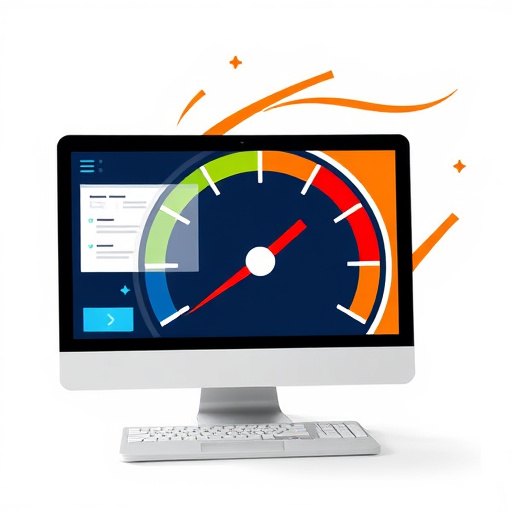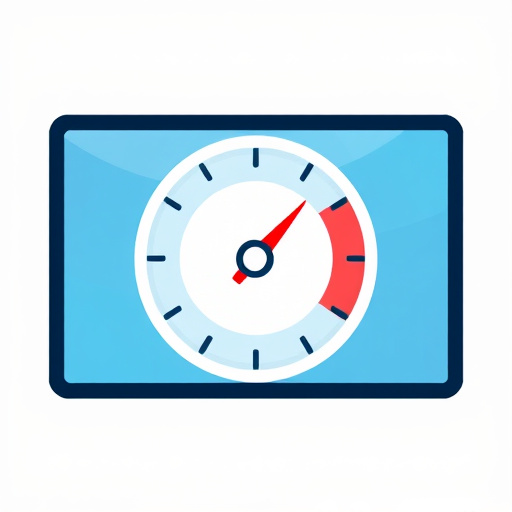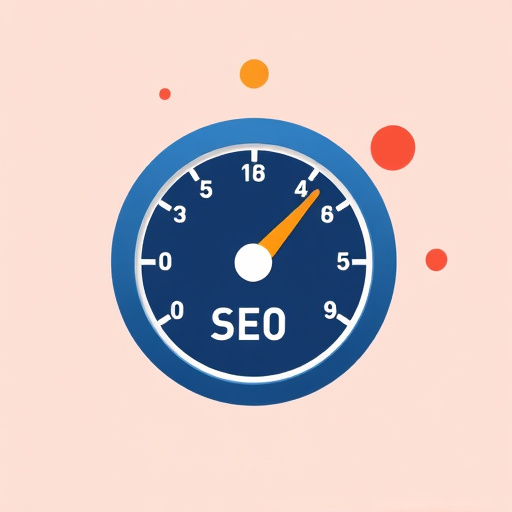Optimizing images, browser caching, minimizing HTTP requests, using CDNs, and simplifying code are essential strategies to improve website speed for better SEO performance. These techniques enhance user experience, boost engagement, reduce bounce rates, and signal to search engines that your site is fast and efficient, leading to improved rankings and increased online visibility.
In today’s digital era, a speedy website is key to enhancing user experience and boosting sales. This article reveals six powerful secrets to optimize your site for lightning-fast loading times, thereby improving website speed for better SEO performance. From strategically optimizing images to leveraging browser caching and utilizing CDNs, these techniques will transform your online presence, driving increased conversions and a happier customer base.
- Optimize Images for Faster Loading Times
- Leverage Browser Caching to Enhance Performance
- Minimize HTTP Requests for Improved Speed
- Utilize Content Delivery Networks (CDNs) Effectively
- Simplify Code and Reduce Redundancy for Better SEO
Optimize Images for Faster Loading Times

Optimizing images is a crucial step in improving your website’s speed and enhancing SEO performance. Large, poorly compressed images can significantly slow down loading times, impacting user experience and search engine rankings. By compressing and resizing images to suitable sizes for display on web pages, you reduce their file size without compromising visual quality. This simple yet effective strategy ensures that visitors aren’t deterred by slow-loading visuals, encouraging them to stay longer and engage with your content.
Remember that a fast-loading website is key to fixing slow website issues for better conversion rates. Implement these changes to improve web page speed and watch as your site becomes a seamless browsing experience. Find us at web page optimization for faster browsing and discover the top methods to boost your online presence, driving increased sales through improved SEO performance.
Leverage Browser Caching to Enhance Performance

Leveraging browser caching is an effective strategy to significantly enhance your website’s performance, ultimately improving user experience and SEO rankings. By enabling caching, web browsers store copies of files (like HTML, CSS, and JavaScript) on the user’s device after the initial page load. On subsequent visits, the browser fetches these cached files instead of re-downloading them from the server, resulting in faster page loads. This technique is especially beneficial for dynamic websites that see frequent returns from regular users.
Implementing this tip for optimizing web pages for quicker loading can lead to substantial improvements in your site’s speed and, consequently, boost conversions. To take advantage of caching, ensure you set appropriate expiration times for cached resources and consider using content delivery networks (CDNs) for further optimization. Remember that a speedy website is not just about better SEO performance; it’s also crucial for keeping visitors engaged and encouraging them to explore more of your offerings, giving us a call at your earliest convenience to speed up your website for better conversions.
Minimize HTTP Requests for Improved Speed

Minimizing HTTP requests is a powerful technique to boost your website’s speed and, consequently, its SEO performance. Each HTTP request incurs a cost in terms of processing time and bandwidth, leading to slower load times. By reducing these requests, you’re essentially streamlining the communication between your server and users’ browsers. This simple yet effective optimization trick helps in creating a seamless user experience, as visitors won’t be burdened by excessive loading times. A faster website translates into improved online visibility and keeps users engaged, encouraging them to explore more.
Implementing efficient website optimization techniques, like minimizing HTTP requests, can significantly impact your site’s speed. This is crucial for retaining visitors and enhancing your brand’s online presence. So, if you’re wondering how to improve my website’s page load speed, consider this as a fundamental step. Visit us at [Brand Name] anytime to experience the difference faster website loads can make in your digital journey.
Utilize Content Delivery Networks (CDNs) Effectively

Content Delivery Networks (CDNs) are an effective method to optimize web page loading times, significantly improving your website’s performance and SEO. By distributing your content across multiple servers in different geographical locations, CDNs ensure that visitors from various regions can access your site quickly. This reduces the physical distance between the user and the server, leading to faster load times. When a visitor requests your website, the CDN server closest to them delivers the content, minimizing latency.
This strategy not only improves the user experience by reducing website page load time but also signals to search engines that your site is optimized for speed. As search algorithms prioritize fast-loading websites, implementing CDNs can boost search rankings. Visit us at boost search rankings with improved website speed anytime to unlock these benefits and enhance your online presence through effective CDN utilization.
Simplify Code and Reduce Redundancy for Better SEO

Simplifying code and eliminating redundancy are essential steps to improve website speed for better SEO performance. When your website’s code is streamlined, search engine crawlers can easily navigate and index its content. This results in faster page load times, which not only enhances user experience but also improves site speed for a better online presence. By reducing redundant elements, you ensure that your pages are optimized for efficient data transfer, leading to improved page load times and ultimately, enhanced user engagement.
In the pursuit of optimizing site speed for improved search engine results, developers often overlook the impact of code complexity. However, by simplifying and organizing your website’s codebase, you create a seamless user experience through faster website speeds. This not only boosts SEO but also encourages visitors to stay longer, increasing the likelihood of conversions. So, take the time to audit and refine your code, and watch as your website’s performance soars, drawing in more traffic and driving sales.
By implementing these secrets of speedy websites, you can significantly improve your site’s loading times and enhance user experience. Optimizing images, leveraging browser caching, minimizing HTTP requests, utilizing Content Delivery Networks (CDNs), and simplifying code are all proven strategies to boost website speed for better SEO performance. These techniques not only drive sales but also foster a loyal customer base, ensuring your online business thrives in today’s fast-paced digital landscape.
